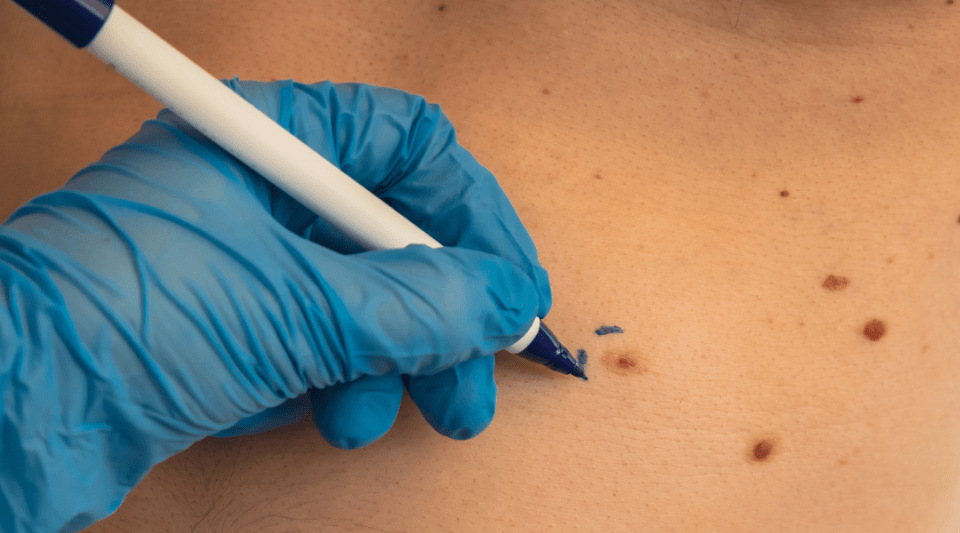Autism is a disorder notable for developmental deficits affecting socialisation, communication, imagination and behaviour. In Europe, it affects 1 in 100 children and its causes are still unknown. It is believed they may be genetic, with alterations in brain connectivity or the immune system. In fact, the biggest risk factor for ASD is having one or more family members with the disorder. If a couple has a child with autism, the risk of having another is 10-20 times higher than for the general population.
Autism is more common in boys than in girls. This is perhaps because evident symptoms are observed more in boys, leading to its diagnosis. For example, boys tend to play alone more (a characteristic feature of the disorder) and girls tend to show more socially adaptive behaviours. The disorder is not necessarily associated with intellectual disability; in fact, 40% of people with ASD have an intellectual capacity greater than or equal to the average. In addition, many people with autism have exceptional abilities in the field of vision, observation, music and calculation.
As well as genetics being a risk factor, epigenetics also plays an important role; these are the environmental factors responsible for the regulation of certain genes. They can therefore be very important in the development of the disorder.
- Advanced age of the parents.
- Diseases of the mother during pregnancy.
- Extreme prematurity.
- Difficulties during childbirth, such as oxygen deprivation to the baby's brain.
- Treatment for epilepsy during pregnancy.
- Exposure to pesticides.
Early detection of autism allows treatment to start as soon as possible and thus reduce symptoms. In western countries, a diagnosis is usually made before the age of 4 years; the method used for this is a screening questionnaire to assess if the child has had any developmental alterations. The following are some of the most characteristic behaviours determining diagnosis:
- Difficulties in social interaction. At 8-10 months, children tend to have less interest in people, respond less to their name and talk less than other children. They have difficulty interpreting facial expressions and habitual gestures. They also find it difficult to control their emotions.
- Communication difficulties. Language development is delayed and they use gestures to communicate. In some cases, they can babble and say their first words, but later lose these abilities. They end up communicating by using single words or repeating phrases. They also do not understand irony or sarcasm, showing inconsistency between what they say and their body language.
- Repetitive behaviour, such as placing objects in a certain way or repeating sounds, words or phrases. They have hypersensitivity to sounds, intense light or tactile stimuli.
- Seizures, such as epilepsy. These appear in up to 39% of people with autism. It is more common in those who also have intellectual disabilities.
- They may have psychiatric disorders such as ADHD, anxiety or depression.
Each case is different and each child will have certain features and develop differently, so intervention is adapted to their specific needs. Early intensive behavioural intervention improves learning, communication and social skills. Treatment involves a multidisciplinary team of speech therapists, psychologists, behavioural therapists and teachers, with sometimes medical treatment being needed if there is a psychiatric disorder. Research has shown that bringing parents into treatment and giving them tools to understand and adapt to their children's behaviour enhances their learning and children make significant improvements.
Many people with ASD, especially those in the high-functioning range, are able to develop autonomous and independent lives as well as meaningful interpersonal relationships.






